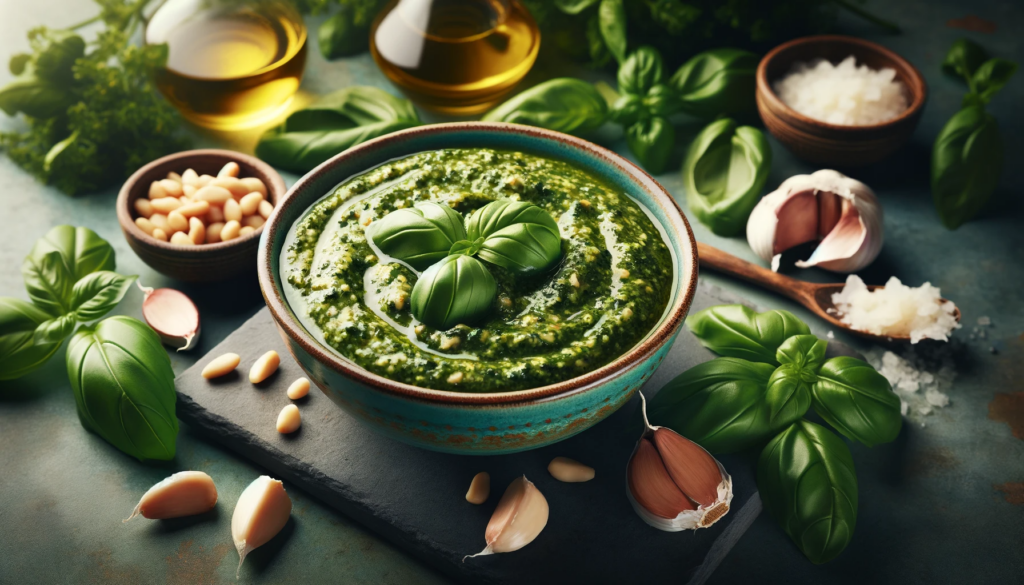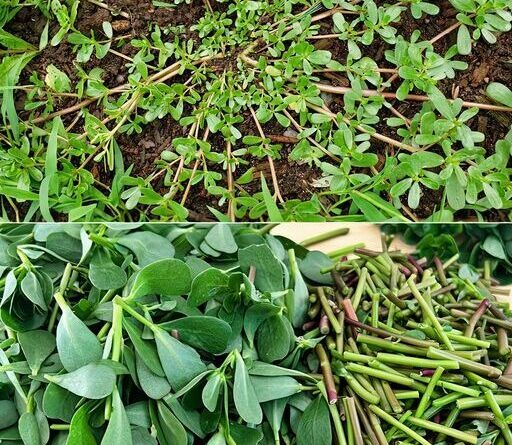If you see this in your yard, do not break it under any circumstances. It saves lives!
Verdolaga, once considered an invasive plant, has undergone a remarkable transformation into a highly sought-after commodity. With its distinctive blend of health advantages and delectable flavor, this extraordinary plant is experiencing a resurgence in upscale eateries and farmer’s markets.
Formerly known by names like hogweed and pigweed, Purslane is finally receiving the recognition it deserves as a beneficial weed. Its popularity is on the rise, earning the status of a superfood and garnering praise from influential figures such as Mahatma Gandhi.
Referred to as a “miracle plant” by Dr. Artemis Simopoulos of the Centre for Genetics, Nutrition, and Health, Purslane has managed to thrive in gardens and even cracks in pavement. Dr. Simopoulos discovered that among leafy greens, Purslane boasts the highest concentration of Omega-3 fatty acids during their time at the NIH.
The succulent, teardrop-shaped leaves of this hardy plant pack a nutritional punch, offering a wealth of antioxidants, vitamins, and minerals. Beyond its health benefits, the leaves impart a slightly spicy, lemony flavor. Chef and owner of Chicago’s Aldo’s Ristorante Italiano, Sergio Vitale, fondly recalls his childhood in southern Italy and attests to Purslane’s culinary appeal.
Although the popularity of raw and pickled Purslane waned in the early 1900s, a revival led by creative chefs, foragers, and farmers has reignited interest in this versatile herb in recent years.
When working with wild Purslane, thorough washing is essential to eliminate any lingering pesticide residues. The mildly salty and tart flavor of Purslane makes it an excellent complement to various dishes.
Consider trying a simple dish like Purslane and basil pesto:
Ingredients:
- 2 cups of young, roughly cut, and rinsed Purslane stems and leaves
- 45 grams of washed basil leaves
- One garlic clove
- 40 grams of toasted almonds
- Juice of half a lemon
- Half-milliliter bottle of olive oil
- Salt and pepper to taste
Instructions:
- Toss almonds, basil, garlic, lemon juice, and Purslane in a food processor.
- Mix by pulsing until well combined.
- Slowly stream in olive oil while the machine is running to emulsify the mixture.
- Season with salt and pepper according to taste.
- Use the pesto on toasted sandwiches, roasted veggies, meat, or mix it with pasta for a delicious meal.

Now, let’s delve into the dietary advantages of Purslane:
- An excellent plant-based source of omega-3 fatty acids for brain and heart health.
- Rich in antioxidants like glutathione, which protects cells, fights damage, and slows down the aging process.
- Abundant in minerals, including calcium, magnesium, potassium, selenium, iron, phosphorus, copper, manganese, and folate, supplementing the Standard American Diet.
- A potent source of vitamin C, bolstering the immune system.
- High in beta-carotene, a precursor to vitamin A, addressing common deficiencies.
- Contains melatonin, a crucial hormone regulating sleep patterns.
- The antioxidant betalain helps lower cholesterol, protecting blood vessels and positively affecting LDL cholesterol levels.
- A good source of the amino acid tryptophan, regulating mood and combating depression.
Enjoy the aesthetic beauty of Purslane while savoring its culinary and medicinal benefits. The wealth of health advantages and flavor this versatile plant offers, including its abundance of Omega-3 fatty acids and melatonin, is virtually boundless.

